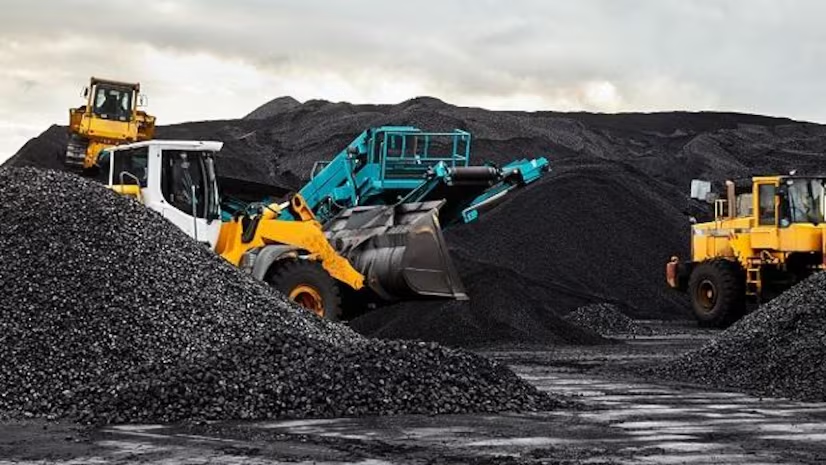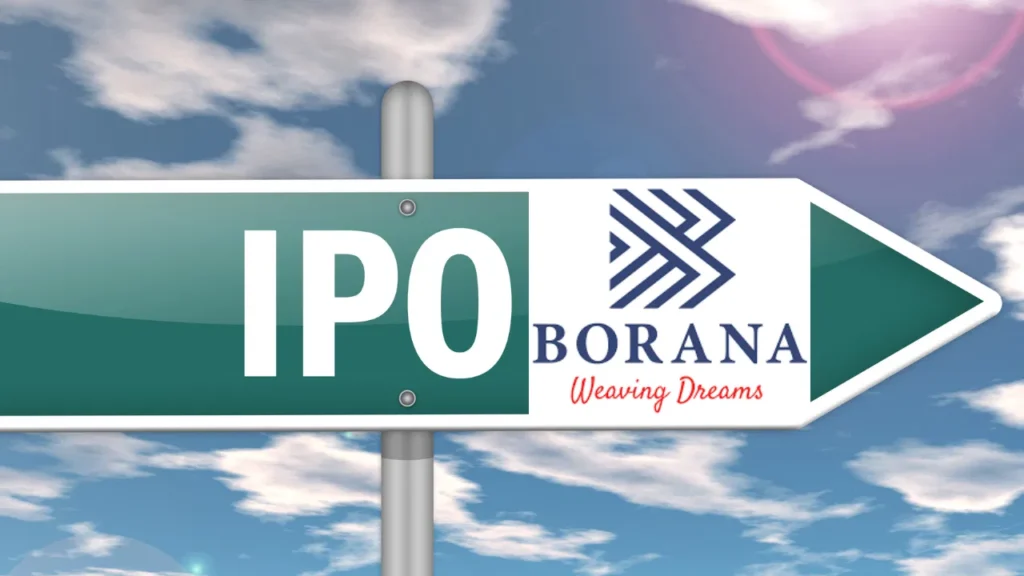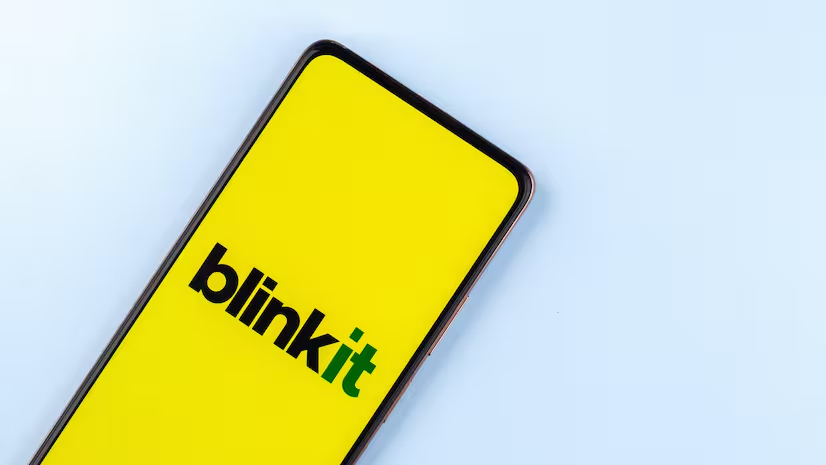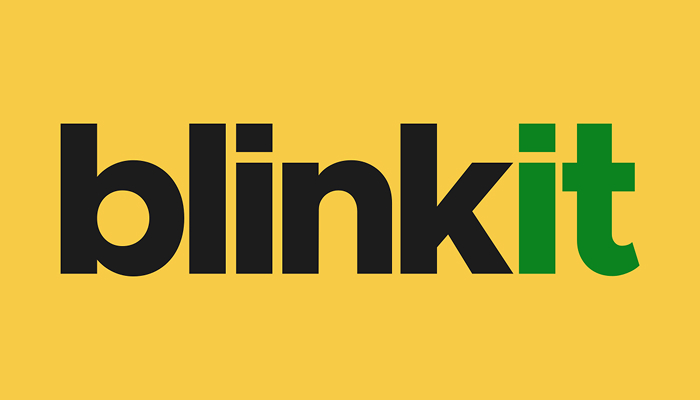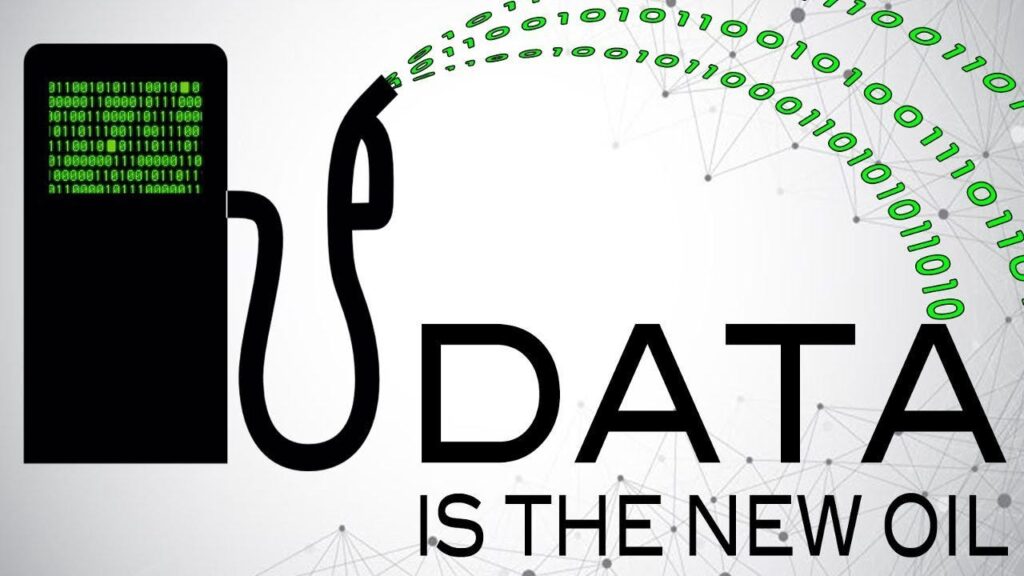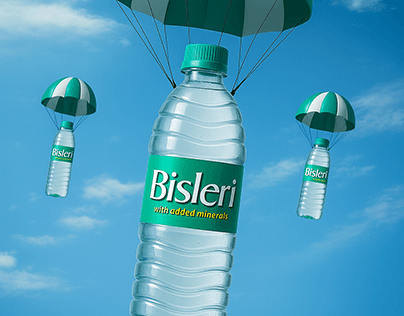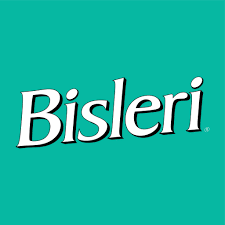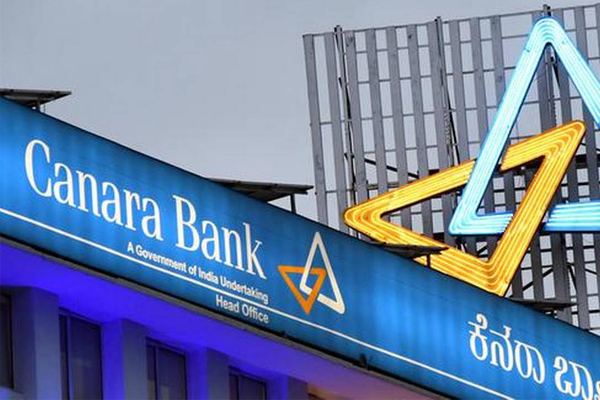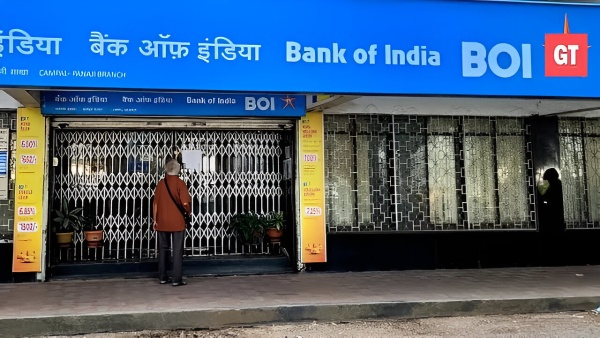Dar Credit and Capital Limited, a non-banking financial company (NBFC) specializing in providing credit solutions to underserved segments, has launched its Initial Public Offering (IPO) on the NSE SME platform. The IPO opened for subscription on May 21, 2025, and will close on May 23, 2025.
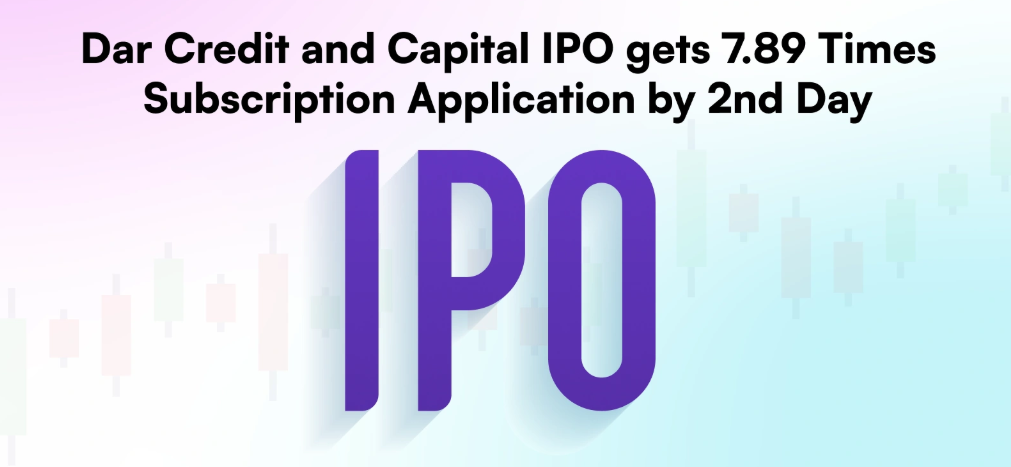
IPO Details :
- Issue Size: ₹25.66 crore
- Price Band: ₹57 to ₹60 per share
- Lot Size: 2,000 shares
- Minimum Investment: ₹1,20,000
- Issue Type: Book-built, 100% fresh issue
- Listing Platform: NSE SME
- Listing Date: May 28, 2025
- Lead Manager: GYR Capital Advisors Pvt. Ltd.
- Registrar: Kfin Technologies Ltd.
- Market Maker: SMC Global Securities Ltd.
Company Overview :
Incorporated in 1994, Dar Credit and Capital Limited focuses on providing financial products such as personal loans, unsecured MSME loans, and secured MSME loans. The company primarily serves low-income individuals, including municipal workers, small shopkeepers, and women entrepreneurs. As of September 30, 2024, Dar Credit and Capital operated 35 branches across Rajasthan, Gujarat, West Bengal, Madhya Pradesh, Chhattisgarh, Bihar, and Jharkhand. The company utilizes digital processes, employing the Vijay software by Qbent Technologies for efficient loan management.
Financial Performance
- Revenue:
- FY23: ₹25.57 crore
- FY24: ₹33.01 crore
- Profit After Tax (PAT):
- FY23: ₹2.72 crore
- FY24: ₹3.68 crore
- Net Worth:
- FY23: ₹62.15 crore
- FY24: ₹65.34 crore
- Return on Net Worth (RoNW): 6.08%
- Debt-to-Equity Ratio: 2.51
Subscription Status :
As of Day 2 (May 22, 2025), the IPO has been oversubscribed 9.74 times, reflecting strong investor interest. The breakdown is as follows:
- Qualified Institutional Buyers (QIBs): 1.65 times
- Non-Institutional Investors (NIIs): 7.59 times
- Retail Individual Investors (RIIs): 15.24 times
Grey Market Premium (GMP)
The Grey Market Premium for Dar Credit and Capital’s IPO stands at ₹16 as of May 22, 2025. This suggests a potential listing price of ₹76 per share, indicating a 26.67% premium over the upper end of the price band.
Important Dates
- IPO Open Date: May 21, 2025
- IPO Close Date: May 23, 2025
- Basis of Allotment: May 26, 2025
- Initiation of Refunds: May 27, 2025
- Credit of Shares to Demat: May 27, 2025
- Listing Date: May 28, 2025B
Use of Proceeds
The net proceeds from the IPO will be utilized for the following purposes:
- Augmenting the capital base of the company: ₹22 crore (85.74%)
- General corporate purposes: ₹3.66 crore (14.26%
Peer Comparison :
| Company | P/E Ratio | RoNW (%) | Net Worth (₹ Cr.) |
|---|---|---|---|
| Dar Credit and Capital Ltd. | 16.29 | 6.08 | 66.35 |
| Spandana Sphoorty Financial | 3.94 | 13.74 | 3645 |
| Muthoot Microfin Ltd. | 4.82 | 16.03 | 2804 |
Conclusion :
Dar Credit and Capital’s IPO has garnered significant attention, evident from its substantial oversubscription and a notable Grey Market Premium. The company’s focus on serving underserved segments, coupled with its consistent financial performance, makes it an attractive proposition for investors looking to tap into the growing NBFC sector in India.
Note: Investors are advised to consider their investment objectives and consult financial advisors before making investment decisions.
